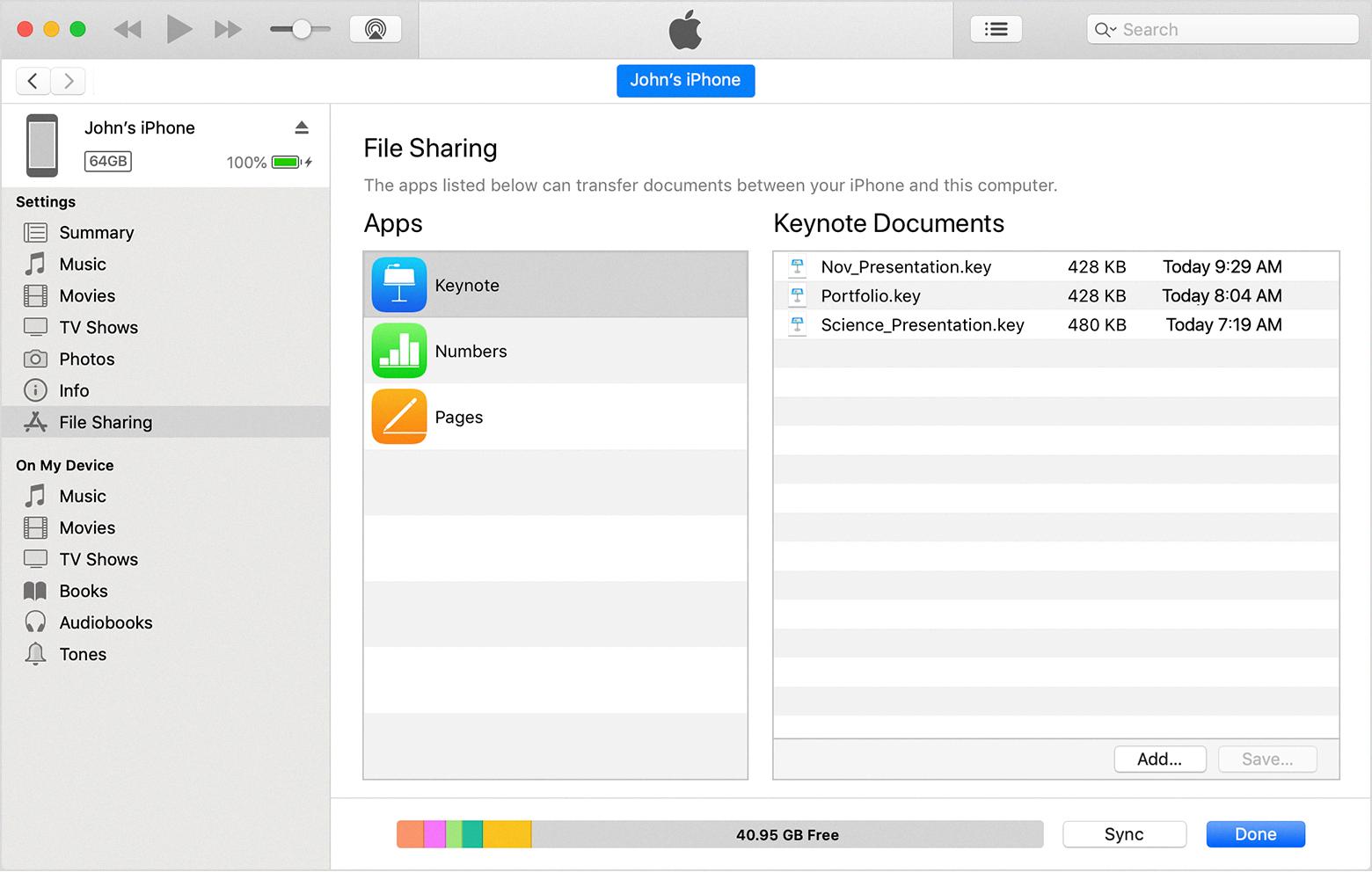Mac file sharing is a convenient and efficient way to transfer files between your Mac and other devices. Whether you need to access files from your Mac remotely or share files with colleagues or friends, the file sharing feature on a Mac allows you to do so seamlessly. In this article, we will explore the various methods and steps involved in setting up and using file sharing on a Mac.
1. Enabling File Sharing on your Mac:
To begin, open System Preferences on your Mac and navigate to the Sharing option. Once there, check the box next to “File Sharing” to enable this feature on your Mac. This will allow other devices on the network to access your shared files.
2. Connecting to a Mac from another device:
Now that file sharing is enabled on your Mac, you can connect to it from another device. Open Finder on the device you want to connect from and select “Go” from the top menu bar. Then, choose “Connect to Server” and enter the network address of your Mac (usually displayed as smb://yourmacname.local). Click “Connect” to establish a connection.
3. Choosing a login method:
When connecting to your Mac, you will be prompted to choose a login method. You can log in as a guest, a registered user on your Mac, or by using your Apple ID. Select the appropriate option based on your preferences and the level of access you want to grant to the connecting device.
4. Transferring files wirelessly:
Once connected, you can transfer files wirelessly between your Mac and the connected device. Simply drag and drop files from one window to another to initiate the transfer. You can transfer specific files or entire folders, depending on your needs.
5. Configuring sharing options:
If you want to customize your file sharing settings, you can do so by going to the Network & Internet section in the Settings menu. Under the Private network section, enable Network discovery and File and Printer Sharing. Additionally, under All Networks, select Turn off password protected sharing if you want to allow easy access to your shared files.
6. Using Migration Assistant:
If you are setting up a new Mac or want to transfer files from one Mac to another, you can use the Migration Assistant tool. Open Finder, go to Applications, then open the Utilities folder, and double-click on Migration Assistant. Follow the onscreen instructions to transfer files from one Mac to another. Make sure both computers are connected to the same network throughout the process.
Mac file sharing offers a convenient way to share and access files between your Mac and other devices. Whether you need to collaborate on projects, share documents with colleagues, or access important files remotely, file sharing on a Mac simplifies the process. By following the steps outlined in this guide, you can easily set up and utilize the file sharing feature on your Mac.
How Does File Sharing Work On Mac?
File sharing on a Mac allows you to share files and folders with other users on a network. Here is a detailed explanation of how file sharing works on a Mac:
1. Open System Preferences: To begin, open the System Preferences on your Mac. You can access it by clicking on the Apple menu in the top-left corner of the screen and selecting “System Preferences.”
2. Go to Sharing: Within the System Preferences window, you will find various settings. Look for the “Sharing” icon and click on it to open the Sharing preferences.
3. Enable File Sharing: In the Sharing preferences, you will see a list of sharing options. Check the box next to “File Sharing” to enable it. This allows your Mac to share files and folders with other devices on the network.
4. Customize Sharing Options: Once you enable file sharing, you can customize the sharing options according to your preferences. You can choose which folders or files to share, set permissions for different users, and control access to shared items.
5. Access Shared Files: On another Mac or device within the same network, open Finder and select “Go” from the top menu bar. Then click on “Network” to see a list of available devices.
6. Connect to Mac: Locate your Mac in the list of devices and click on it. You may need to enter login credentials to connect to the Mac. Depending on your settings, you can connect as a guest, a registered user, or using an Apple ID.
7. Browse Shared Files: Once connected, you will be able to browse the shared files and folders on your Mac. You can copy, move, or edit these files as needed.
8. Disconnect: When you are finished accessing the shared files, make sure to disconnect from the Mac. You can do this by clicking on the eject button next to your Mac’s name in the Finder sidebar.
9. Additional Options: Mac also offers additional file sharing options like screen sharing, remote login, and more. You can explore these options in the Sharing preferences to enhance your file-sharing capabilities.
File sharing on a Mac involves enabling the File Sharing option in System Preferences, customizing sharing settings, and connecting to the Mac from another device on the network. This allows you to access and manage shared files and folders seamlessly.

What is Mac File Sharing On iPhone?
Mac file sharing on iPhone refers to the ability to access and transfer files between a Mac computer and an iPhone. It allows you to easily share documents, photos, videos, and other files between these devices without the need for any additional software or cables.
To enable Mac file sharing on iPhone, you need to ensure that both devices are connected to the same Wi-Fi network. Then, follow these steps:
1. On your Mac, go to System Preferences by clicking on the Apple menu in the top-left corner of your screen.
2. In System Preferences, click on “Sharing.”
3. In the Sharing window, enable the “File Sharing” option by checking the box next to it.
4. Click on the “Options” button next to File Sharing to configure the settings.
5. In the Options window, select the folders or directories that you want to share with your iPhone. You can add or remove folders by clicking the “+” or “-” buttons.
6. Once you have selected the folders, click “Done” to save the changes.
7. On your iPhone, open the Files app (or any other file management app) and tap on the “Browse” tab at the bottom of the screen.
8. Under the “Locations” section, you should see the name of your Mac computer listed. Tap on it to establish a connection.
9. You may be prompted to enter your Mac’s username and password. Provide the necessary credentials to authenticate the connection.
10. Once connected, you will be able to browse and access the shared folders on your Mac. You can view, copy, move, or delete files as needed.
It’s worth noting that Mac file sharing on iPhone requires both devices to be on the same Wi-Fi network. Additionally, you can only access files that are shared explicitly by your Mac. By default, your entire home folder is not shared, so you need to manually select the folders you want to make accessible.
Mac file sharing on iPhone allows you to easily transfer files between your Mac and iPhone over a Wi-Fi network. This feature provides convenient access to your Mac’s files while on the go, making it easier to work with your documents and media across different devices.
How to Transfer Files From One Mac to Another Wirelessly?
To transfer files from one Mac to another wirelessly, you can use the Migration Assistant tool which comes pre-installed on your Mac. Here’s a step-by-step guide to help you with the process:
1. Open a Finder window on the Mac from which you want to transfer files.
2. Go to the “Applications” folder.
3. Open the “Utilities” folder.
4. Double-click on “Migration Assistant” to launch the tool.
Now, let’s set up the transfer process:
5. Ensure that both Macs are connected to the same network. This can be a Wi-Fi network or an Ethernet connection.
6. Keep the two Macs near each other to ensure a stable and uninterrupted connection throughout the migration process.
Once you’ve completed the initial setup, follow the onscreen instructions provided by the Migration Assistant to proceed with the transfer:
7. On the new Mac (the one you want to transfer files to), you’ll see the option to “Migrate From a Mac, Time Machine backup, or startup disk.” Select this option.
8. The Migration Assistant will then search for other Macs on the network that are running the Migration Assistant tool.
9. When the old Mac (the one you want to transfer files from) appears on the list, select it and click “Continue.”
At this point, you may be prompted to enter a security code or password to ensure a secure connection between the two Macs:
10. On the old Mac, you’ll be asked to enter a security code displayed on the new Mac. Verify the code and click “Continue.”
11. If prompted, choose the specific data you want to transfer. You can transfer applications, user accounts, files, and settings. Make your selections and click “Continue.”
Now, the transfer process will start:
12. The Migration Assistant will begin transferring the selected data from the old Mac to the new one.
13. Depending on the amount of data being transferred, this process may take some time. Be patient and let it complete.
14. Once the transfer is finished, you’ll be notified. Click “Quit” to exit the Migration Assistant.
That’s it! You have successfully transferred files from one Mac to another wirelessly using the Migration Assistant. You can now access your files and settings on the new Mac just like they were on the old one.
If you have any specific files or folders you want to transfer, you can manually copy them over the network or use file-sharing methods like AirDrop, iCloud Drive, or third-party cloud storage services.
Note: Before initiating the transfer, it’s always a good idea to back up your data to ensure its safety and prevent any potential data loss during the transfer process.
Conclusion
Mac file sharing provides a convenient and efficient way to transfer files between your Mac and other devices. By enabling file sharing in the System Preferences, you can easily access and transfer files from your Mac to other devices on the same network.
One method of transferring files is through the Network feature in Finder. By connecting to your Mac from another device, you can browse and access shared files. This allows you to transfer specific files to your device, making them available for use even when you are away from your Mac.
Additionally, you can enable Network discovery and file and printer sharing in the Sharing options of the Network & internet settings on your Mac. By turning off password protected sharing under All Networks, you can simplify the file sharing process.
For more comprehensive file transfers, you can utilize the Migration Assistant tool. By opening the Migration Assistant from the Utilities folder in Applications, you can follow the onscreen instructions to transfer files between two connected computers. This method is particularly useful when migrating files from an old Mac to a new one.
Mac file sharing offers flexibility and convenience in transferring files wirelessly. Whether it’s for accessing files on other devices or migrating files between Mac computers, the file sharing capabilities of Mac provide a seamless experience.








